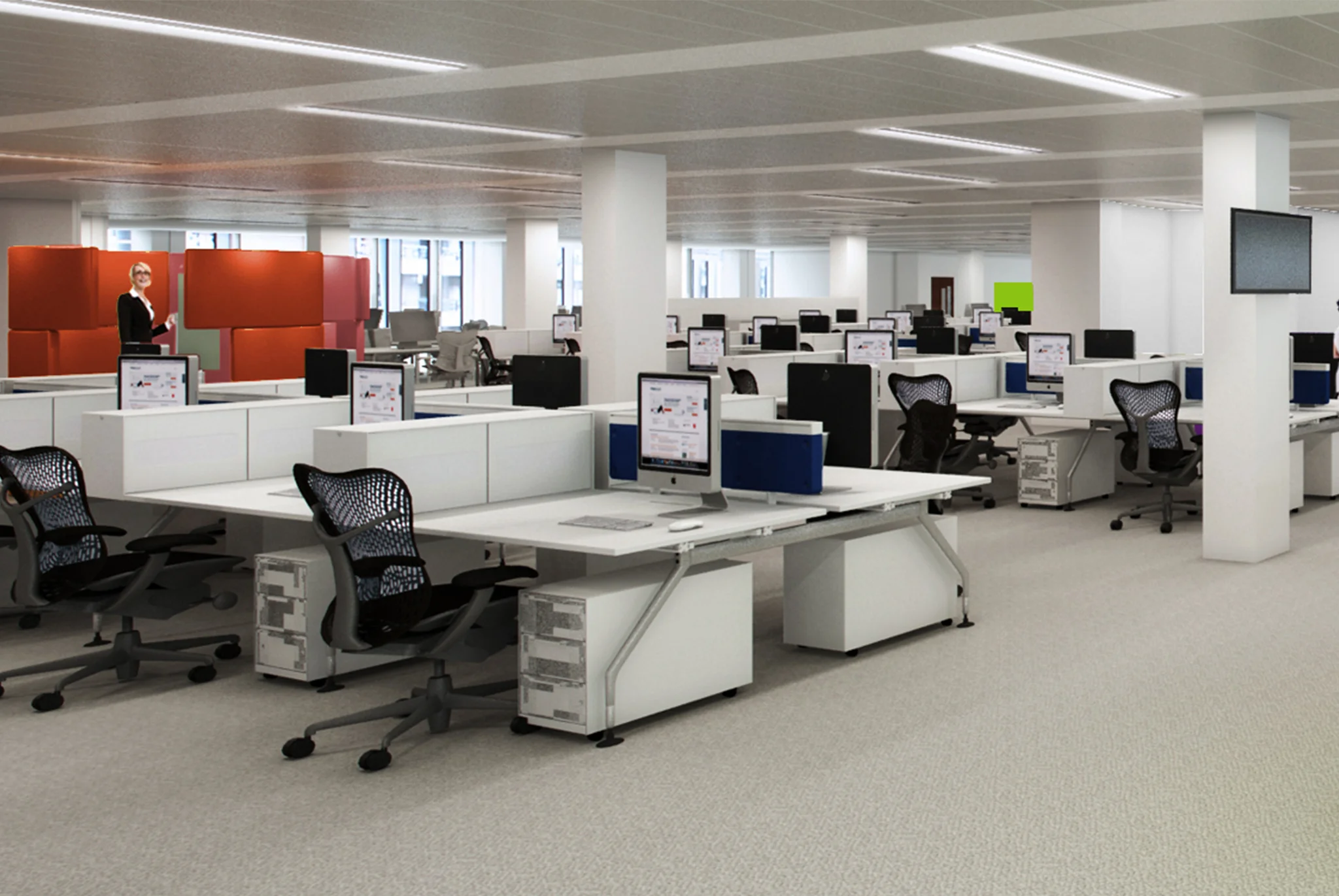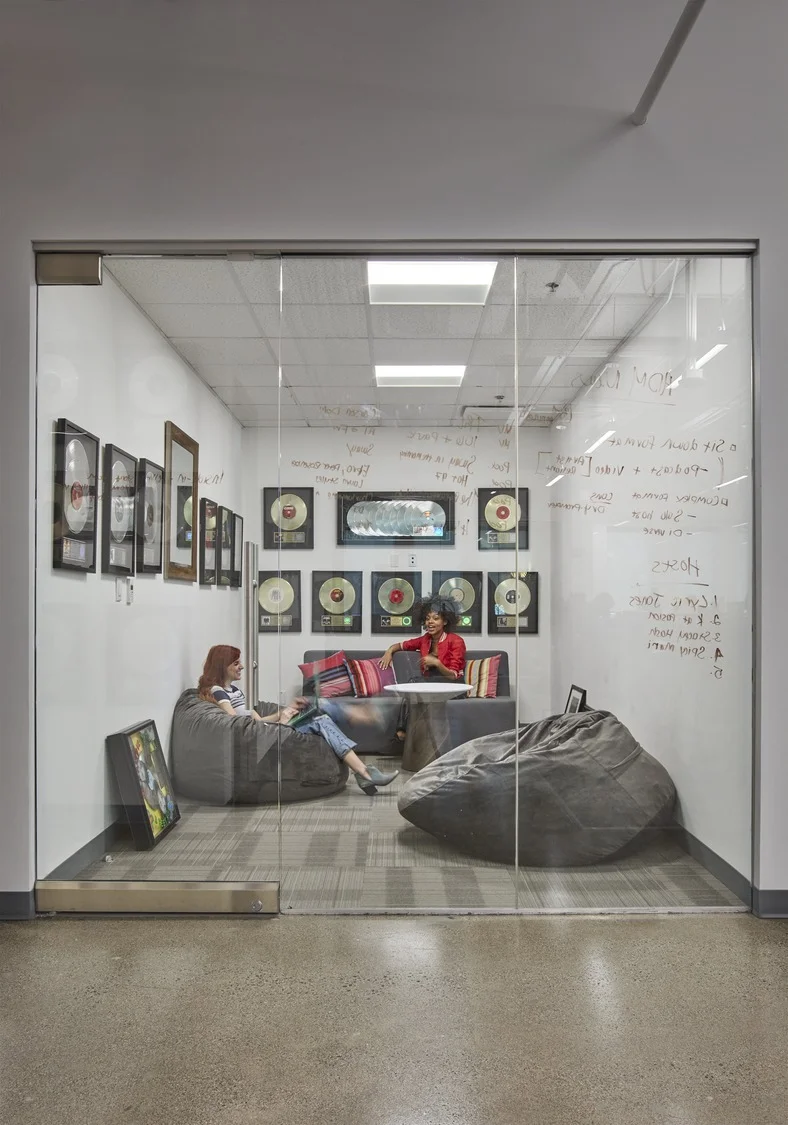After decades of research and post-occupancy evaluations, the impacts that workplace design can have on employee productivity, satisfaction, recruitment, and retention are well-documented, understood, and accepted. Those findings have inspired numerous innovations in workplace design, from more daylighting and shared or collaborative spaces to technology-enabled and -enhanced work areas.
But how has workplace design evolved recently to meet the needs and requirements of a new generation of employees, and to address the ever-changing ways in which people wish to work? Moreover, what’s driving the latest innovations?

























